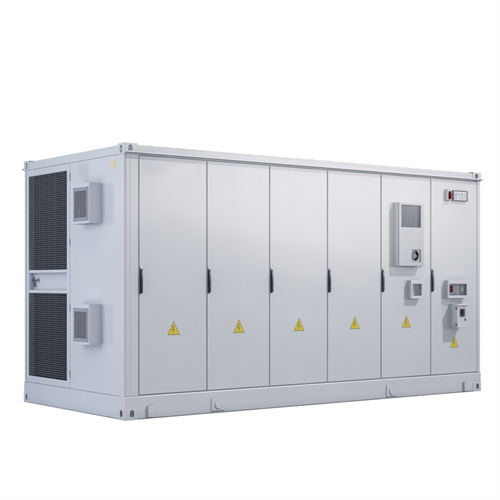About Superconducting liquid energy storage density
As the photovoltaic (PV) industry continues to evolve, advancements in Superconducting liquid energy storage density have become critical to optimizing the utilization of renewable energy sources. From innovative battery technologies to intelligent energy management systems, these solutions are transforming the way we store and distribute solar-generated electricity.
When you're looking for the latest and most efficient Superconducting liquid energy storage density for your PV project, our website offers a comprehensive selection of cutting-edge products designed to meet your specific requirements. Whether you're a renewable energy developer, utility company, or commercial enterprise looking to reduce your carbon footprint, we have the solutions to help you harness the full potential of solar energy.
By interacting with our online customer service, you'll gain a deep understanding of the various Superconducting liquid energy storage density featured in our extensive catalog, such as high-efficiency storage batteries and intelligent energy management systems, and how they work together to provide a stable and reliable power supply for your PV projects.
6 FAQs about [Superconducting liquid energy storage density]
What is volumetric energy storage density?
The volumetric energy storage density, which is widely used for LAES, is defined as the total power output or stored exergy divided by the required volume of storage parts (i.e., liquid air tank). The higher energy density of an ESS means that it can store more available energy and be more conducive to designing compact devices.
What is energy storage density?
For an energy storage technology, the stored energy per unit can usually be assessed by gravimetric or volumetric energy density. The volumetric energy storage density, which is widely used for LAES, is defined as the total power output or stored exergy divided by the required volume of storage parts (i.e., liquid air tank).
What are superconductor materials?
Thus, the number of publications focusing on this topic keeps increasing with the rise of projects and funding. Superconductor materials are being envisaged for Superconducting Magnetic Energy Storage (SMES). It is among the most important energy storage systems particularly used in applications allowing to give stability to the electrical grids.
What is liquid air energy storage?
Concluding remarks Liquid air energy storage (LAES) is becoming an attractive thermo-mechanical storage solution for decarbonization, with the advantages of no geological constraints, long lifetime (30–40 years), high energy density (120–200 kWh/m 3), environment-friendly and flexible layout.
What is a superconducting substation?
The substation, which integrates a superconducting magnetic energy storage device, a superconducting fault current limiter, a superconducting transformer and an AC superconducting transmission cable, can enhance the stability and reliability of the grid, improve the power quality and decrease the system losses (Xiao et al., 2012).
How to design a superconducting system?
The first step is to design a system so that the volume density of stored energy is maximum. A configuration for which the magnetic field inside the system is at all points as close as possible to its maximum value is then required. This value will be determined by the currents circulating in the superconducting materials.
Related Contents
- Aviation superconducting energy storage equipment
- Superconducting energy storage magnet volume
- Superconducting energy storage industrialization
- Is superconducting energy storage dangerous
- Superconducting energy storage development
- Superconducting magnetic flywheel energy storage
- High-temperature superconducting energy storage
- Superconducting coil energy storage formula
- Superconducting energy storage frontier
- Liquid cooling energy storage efficiency
- Energy storage liquid solar installation
- Nicosia vanadium liquid energy storage battery


